56 and 56 1/2 Spring Street
Introduction
Text-to-speech Audio
Images
56 and 56 1/2 Spring Street
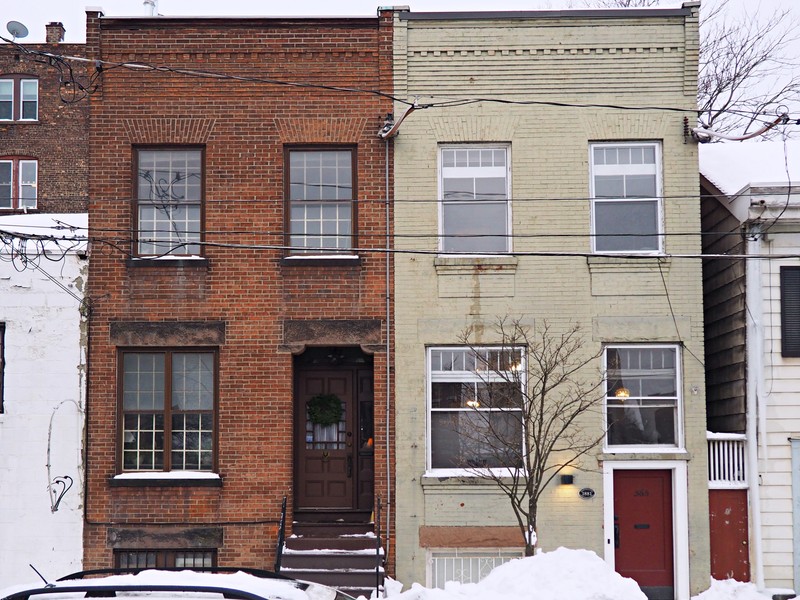
56 Spring Street Inventory Form 1
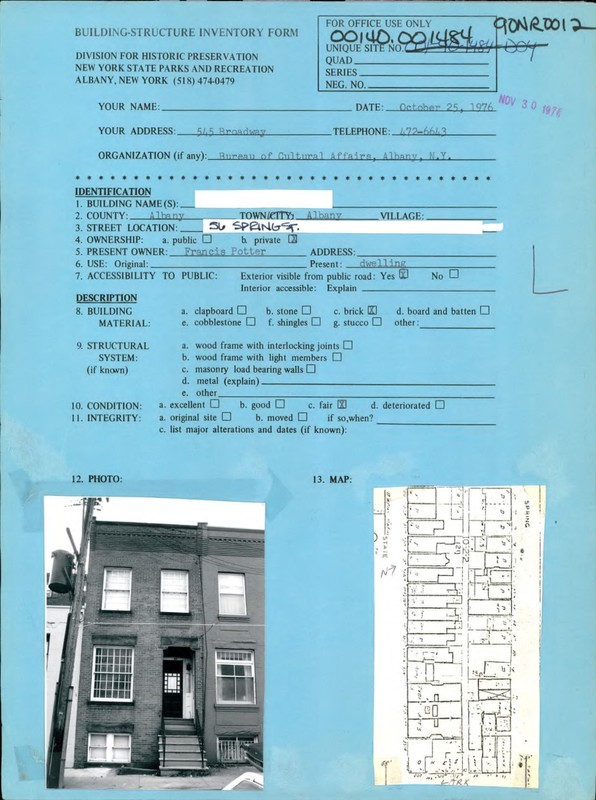
56 Spring Street Inventory Form 2
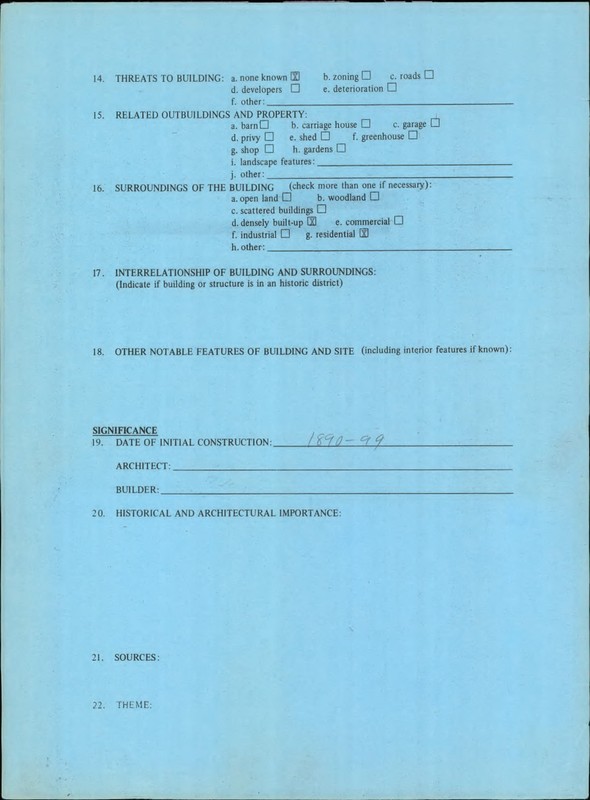
54 Spring Street Inventory Form 1
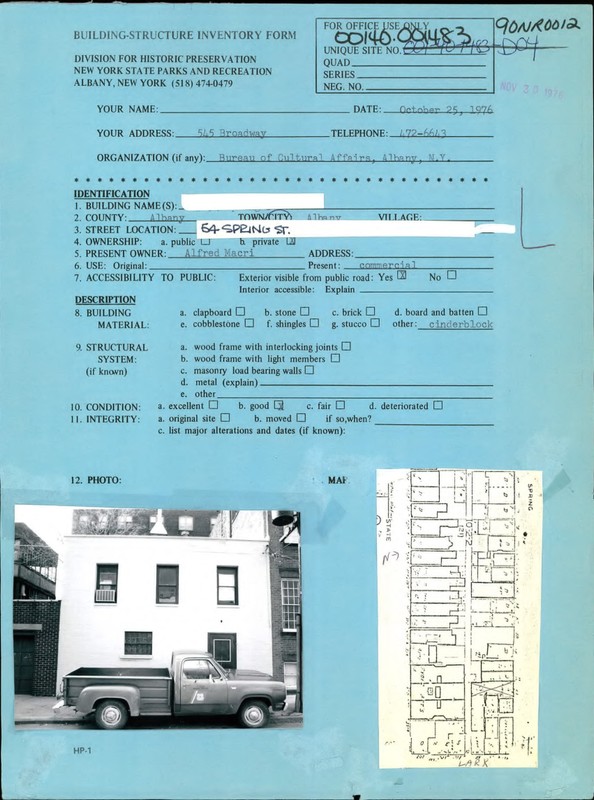
54 Spring Street Inventory Form 2
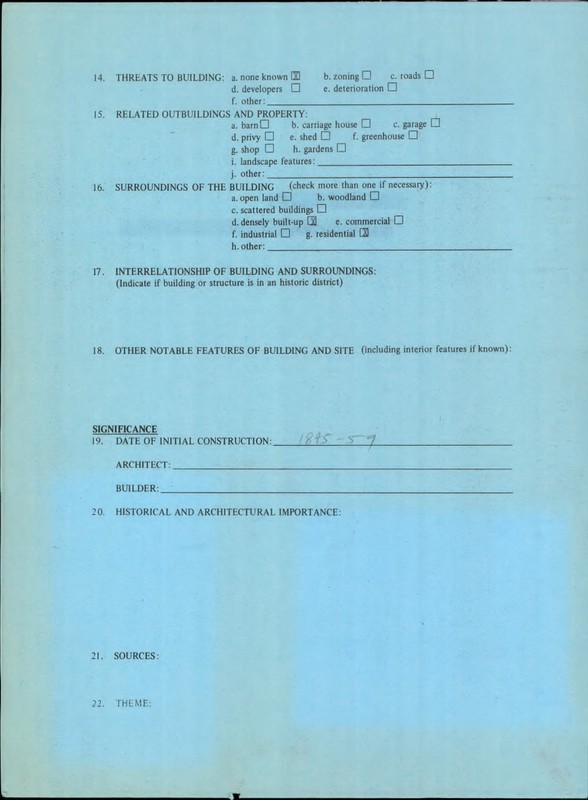
58 Spring Street Inventory Form 1
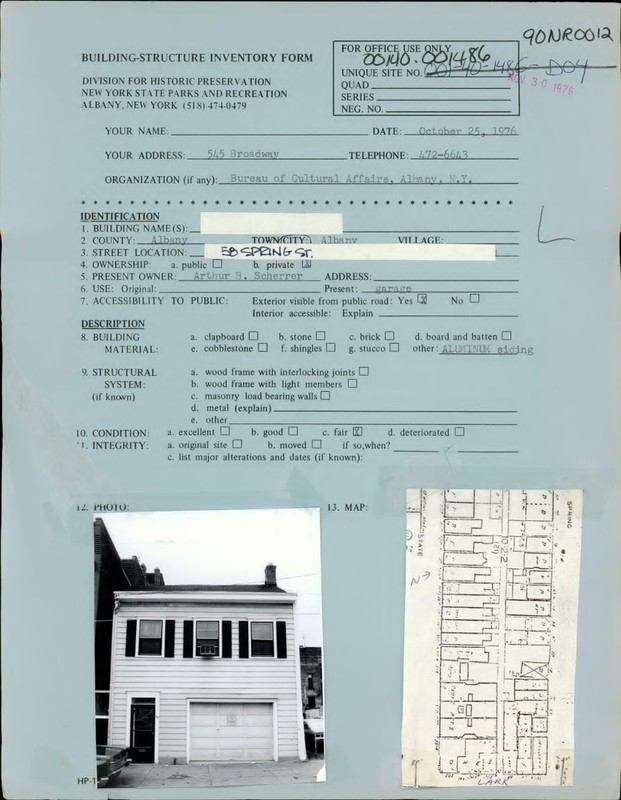
58 Spring Street Inventory Form 2
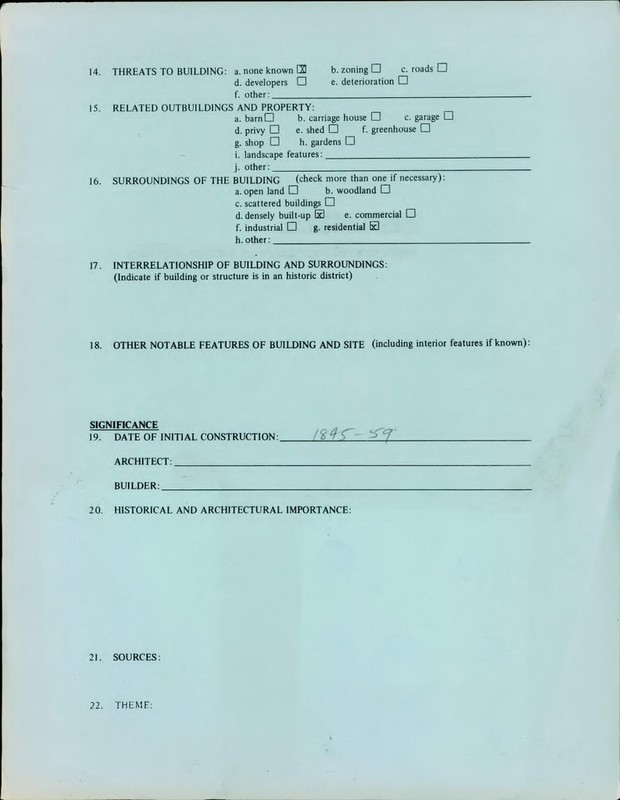
Horse Carriage Advertisement from The Argus July 21, 1892
.jpg)
Business located on Hudson Street in Albany, NY that sold Carriage Plates. 1870
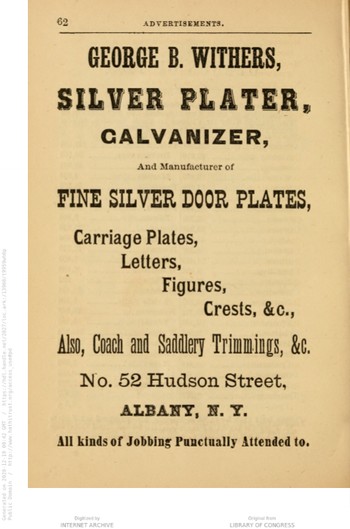
Business located at intersection of Broadway and Maiden that sold Coach and Saddlery Hardware. 1870
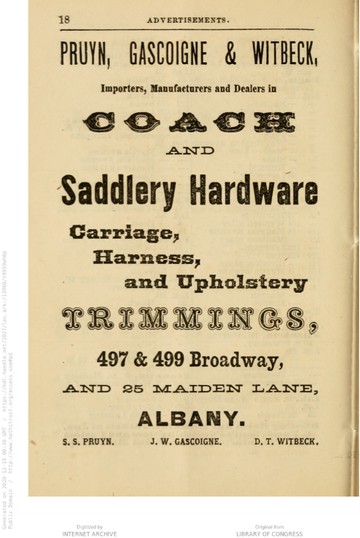
Albany NY Lumber Yard, 1870s.
.jpg)
Newspaper Clipping about The Albany Carriage and Harnesses Company. 1886
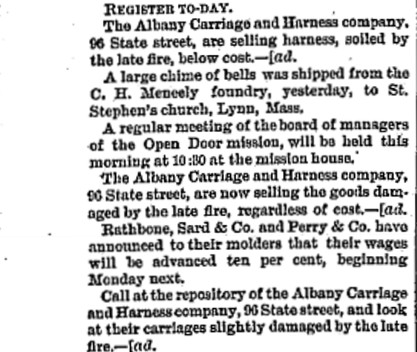
Brooklyn Federal Brownstones

Backstory and Context
Text-to-speech Audio
56 and 56 ½ Spring Street are two row houses that are located right on the border of the Center Square and Hudson Park district, alongside the Washington Avenue Historic Corridor District. 56 Spring Street was built in 1860, while 56 ½ Spring Street was built in 1876. A majority of the buildings located in Center Square and Hudson Park were constructed during the 19th and 20th centuries, with some modern buildings scattered throughout both neighborhoods. Both 56 and 56 ½ Spring Street were built during the later half of the 19th century, in a time when Albany was experiencing economic development. With the construction of the Erie Canal in the 1820s, Albany became a major trading and manufacturing center of New York State. The end of the Civil War in 1865 also led to an increase in the development of Northern manufacturing and industry. Schenectady became a center of electrical and railroad manufacturing, as Troy became known for its textile industry. In the city of Albany, Lumber was a predominant industry during the late 19th century.
Spring Street, according to the National Registry of Historic Places document detailing the history of the neighborhoods, is notable for the amount of commercial garages that can be found. One such commercial garage is 58 Spring Street, located next to 56 Spring Street. Many of these garages were previously carriage houses, earlier in the 19th century. “In the district are numerous private garages. Many of these are converted carriage houses. These small-scale structures are present in considerable numbers along Garden Alley, Spring Street, Jefferson Street, and the north side of Chestnut Street.” Both 54 and 58 Spring Street appear to be converted garages that are now residential buildings. 54 Spring Street, built at some point around 1845-1859, was a commercial garage in the 1970s. 58 Spring street, built in the same time frame, was another commercial garage when it was initially constructed as well. 56 and 56 1/2 Spring Street reflect the development of middle-class and working families in the city of Albany during a time of economic prosperity. The neighboring garages and former carriage houses also reflect the growing demand for transportation as well.
Unfortunately, various buildings located around Spring Street throughout the Center Square and Hudson Park neighborhoods have lost historic elements and qualities due to modern renovation and development. Quoting the National Registry inventory form, multiple types of residential and commercial buildings have undergone modern changes, ranging from foundational to aesthetic alterations. “Unfortunately, many of these frame buildings have lost their original siding and replacement sidings are extremely diverse and often inappropriate for an older building. Several frame buildings have brick facades, but more common in the district are brick buildings with brownstone facades. The stone facades may be smooth ashlar or rock-faced. Several of the churches are gray granite” Fortunately, both 56 and 56 1/2 Spring Street appear to have been left relatively unchanged.
Sources
Wallace. Albany Street Directory, and City Guide,. Albany, N.Y., 1869. http://hdl.handle.net/2027/loc.ark:/13960/t9959wh0p.
Department of the Interior. National Park Service. (3/2/1934 - ). New York SP Center Square/Hudson-Park Historic District. File Unit: National Register of Historic Places and National Historic Landmarks Program Records: New York, 1964 - 2013, 2013.
https://cris.parks.ny.gov/Login.aspx
https://cris.parks.ny.gov/Login.aspx
https://cris.parks.ny.gov/Login.aspx
https://cris.parks.ny.gov/Login.aspx
https://cris.parks.ny.gov/Login.aspx
https://cris.parks.ny.gov/Login.aspx
https://nyshistoricnewspapers.org/lccn/sn83045592/1896-08-07/ed-1/seq-3/
https://babel.hathitrust.org/cgi/pt?id=loc.ark:/13960/t9959wh0p&view=1up&seq=77
https://babel.hathitrust.org/cgi/pt?id=loc.ark:/13960/t9959wh0p&view=1up&seq=77
https://en.wikipedia.org/wiki/Albany_Lumber_District#/media/File:Albany_Lumber_Yard_1870s.png
https://nyshistoricnewspapers.org/lccn/sn83045592/1886-04-09/ed-1/seq-8/
https://www.brownstoner.com/guides/architectural-styles/federal-style-architecture-for-a-new-nation/
